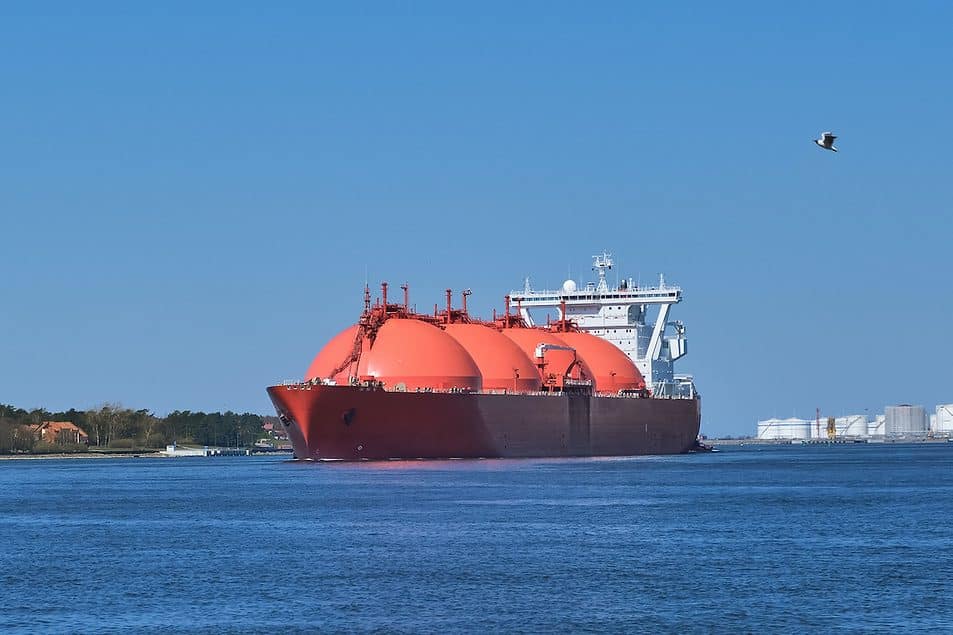Global Container Fleet Orders Tilt Toward Alternative Fuels
Shipping Industry Embraces Cleaner Fuels

The container shipping sector is undergoing a significant transformation as it shifts towards cleaner fuel alternatives. Recent data from the shipping association BIMCO reveals that over half of the new container vessels on order are designed to operate on fuels other than traditional heavy fuel oil. This shift is not only a response to environmental concerns but also a reflection of changing industry standards and practices.
Surge in Orders for Alternative Fuel Ships
As of August 2025, shipowners have placed orders for 534 container ships that can utilize alternative fuels, according to BIMCO’s report released on September 18. These vessels represent 53% of all container ships currently on order and account for an impressive 77% of the total carrying capacity, measured in twenty-foot equivalent units (TEUs). BIMCO forecasts that by 2030, more than a quarter of the global container capacity could be powered by alternatively-fueled ships, marking a significant milestone in the industry’s transition to sustainability.
The trend is particularly pronounced among larger vessels, with alternatively-fueled ships making up 81% of orders for ships with capacities of 8,000 TEUs or more. In contrast, other shipping sectors, such as bulk carriers and tankers, have been slower to adopt these cleaner technologies. Currently, alternatively-fueled vessels constitute only 8%, 9%, and 17% of orders for bulkers, product tankers, and crude tankers, respectively. BIMCO attributes this disparity to structural differences within the industry, noting that the container shipping sector is dominated by a few large companies, while the bulker and tanker markets are characterized by a more fragmented landscape of smaller operators.
Preferred Fuels: LNG and Methanol
Liquefied natural gas (LNG) has emerged as the leading alternative fuel, powering approximately two-thirds of all alternatively-fueled ships on order. Methanol, which was the frontrunner earlier in 2023, now accounts for 31% of these vessels. The shift towards LNG is likely due to its greater global availability and the established infrastructure for its production and bunkering, which has been in place for years. This transition highlights the industry’s commitment to reducing its carbon footprint and adapting to new environmental regulations.
As the container shipping industry continues to evolve, the push for cleaner fuels is expected to gain momentum, setting a precedent for other sectors within maritime transport. The ongoing developments in alternative fuel adoption will play a crucial role in shaping the future of shipping and its impact on global trade.
